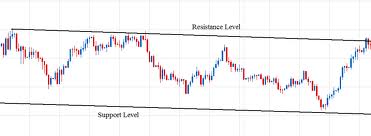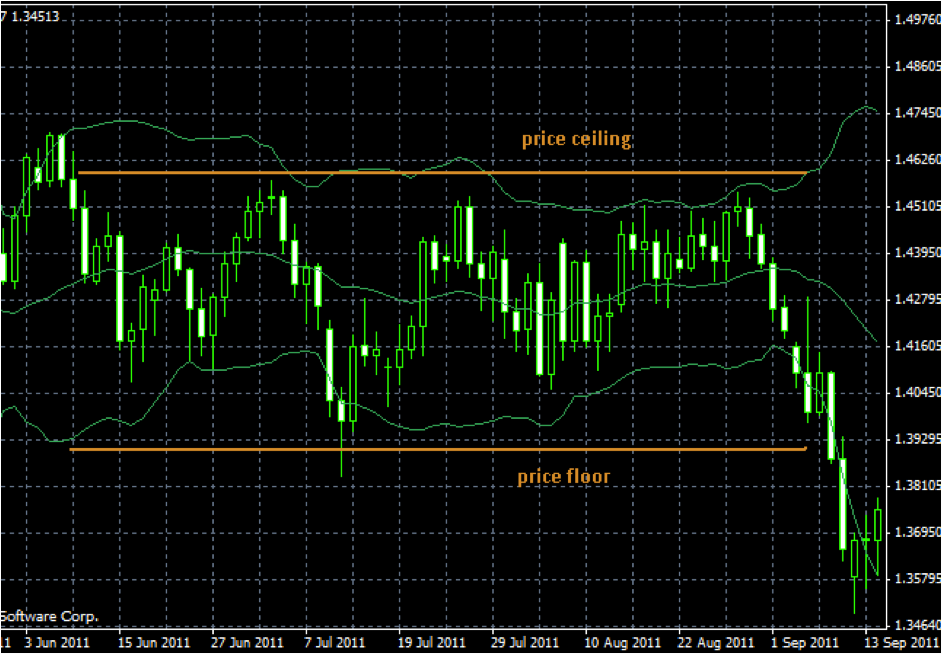Range Trading Strategy
Binary Options Range Trading Strategy
 Today, we shall examine another binary options trading strategy, which is exclusively used for trading the In/Out binary option, otherwise known as the boundary trades.
Today, we shall examine another binary options trading strategy, which is exclusively used for trading the In/Out binary option, otherwise known as the boundary trades.
A boundary option is one trade option that gives four possible outcomes, depending on the broker that you are using. The trade outcomes are as follows:
a) Ends outside the range: Here the option is in the money if the price action is outside the selected price boundaries on expiry.
b) Ends inside the range: Here the option is in the money if the price action is inside the selected price range on expiry of the contract.
c) Stays between the price boundaries, in which case, the price action should at no time, breach any of the boundaries.
d) Goes outside the price boundaries: Where the trader needs the price action of the currency to breach the selected price boundaries just once to make a profit from the trade.
This gives the binary options trader ample opportunity to decide which trade is best for him at that point in time.
Trade Setup
The first step in using this trading strategy is to decide on the range to use. Range trading works best when the market is consolidating or in other words, when the market is trading sideways and not trending. In a trending market, rising or falling prices make it impossible to predict a price floor or ceiling, thus severely blunting the trader’s ability to profit from this trade.
The best way to detect a range-bound market is to use an indicator that shows you exactly in what direction the market is trading. One such indicator is the Bollinger band. Invented by John Bollinger, the Bollinger band has a lower band, a middle band and an upper band. The upper and lower bands show the confines of price movement in a consolidating market. Take a look at the chart below to see the illustration:
Looking at this daily chart of the EURUSD, we can clearly see that between June 10 and 1st September, the market was range-trading. The Bollinger bands reveal the range of prices between the price floor and price ceiling.
Once you have something like this showing on your charts, use your horizontal line tool to trace two lines as shown. You now effectively have the 2 strike prices you need for your boundary trade.
Trade Types to Execute
You can now decide on which of the four boundary trade option contract types to purchase, and set relevant expiry dates. Most brokers will allow a minimum of 7 days for expiry, so make sure that the period of consolidation will at least, exceed that time frame. If you use a daily chart like we did above in this example, you will be able to get enough time to set an expiry.
Final Note
The boundary trade is not the only binary option contract that you can trade with this strategy. You can also use this strategy to trade a Touch/No Touch option contract. The bias here should be for a No Touch option contract, taking time to set the price barrier either to the upside or downside, well outside the range of prices as demarcated by your price floor and price ceiling. This way, you are sure that the price action of the underlying asset has no chance whatsoever of coming close to your price barriers.
If you need the price action to breach the boundaries, you can adjust your price barriers accordingly to make this happen.
